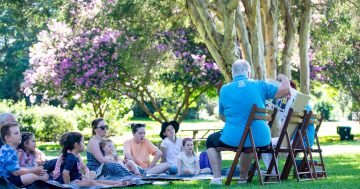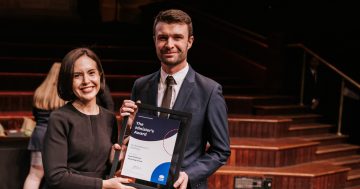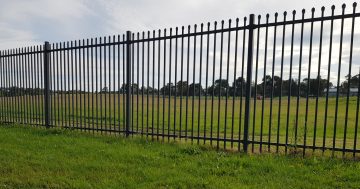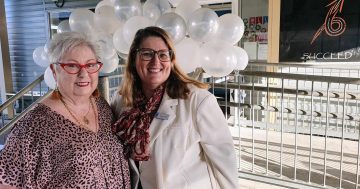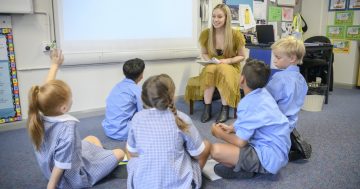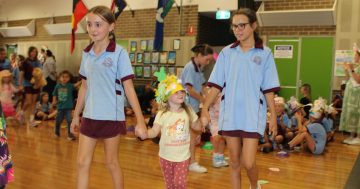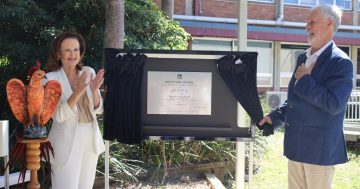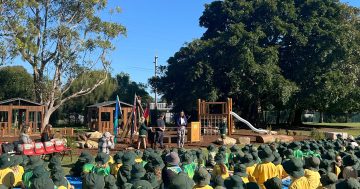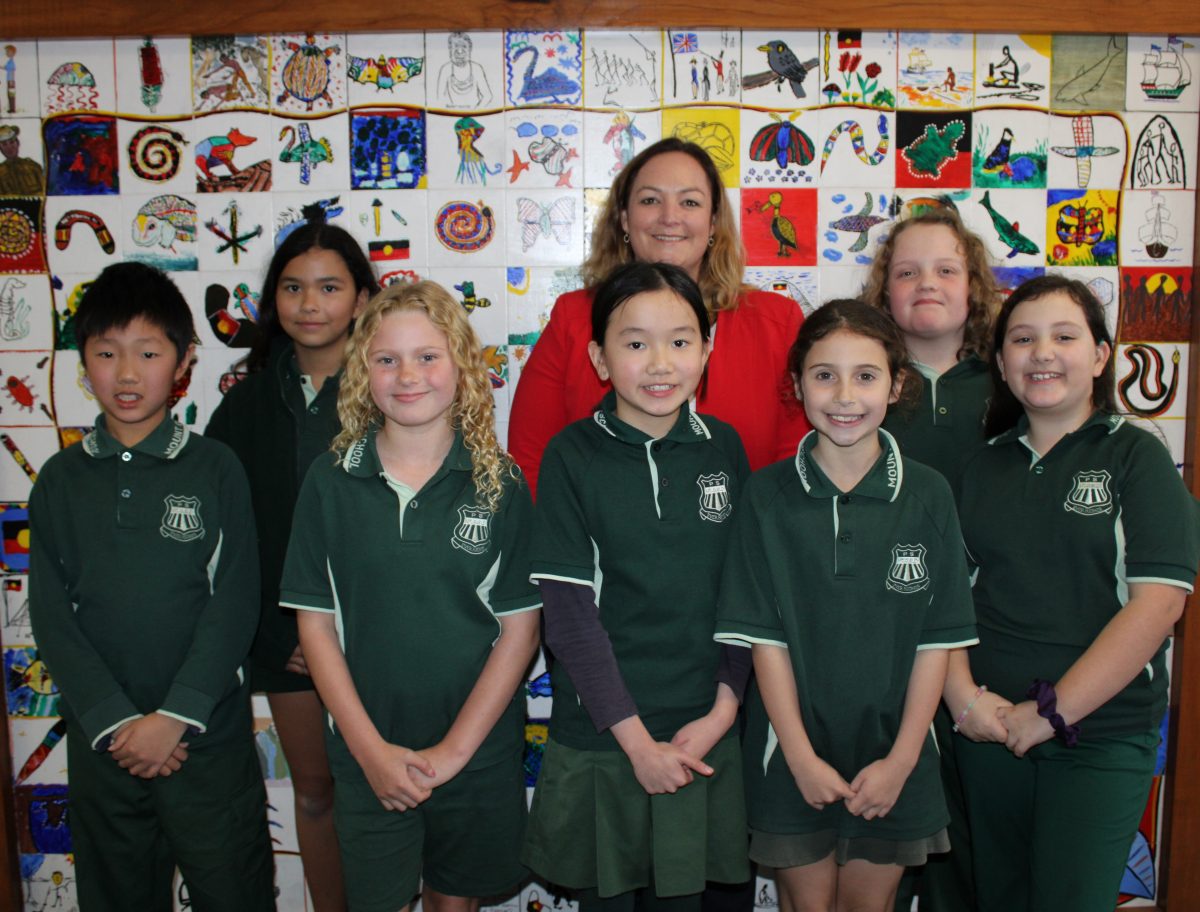
Mt Ousley Public School principal Emily Jones with some of the Year 3 and 5 students who sat the NAPLAN test this year. Photo: Keeli Dyson.
NAPLAN results have shone a spotlight on the success or struggles of students in foundational literacy and numeracy skills across the country, but while the national data shows some areas of concern, an Illawarra primary school is celebrating its scores as a sign of effective new strategies.
Mt Ousley Public School does more than strive for excellence, it implements strategies to make it a reality.
For the past five years, the school has worked towards a vision created from the input of students, parents and staff, with a particular focus on professional learning and support for teachers and student learning support staff.
“One of the biggest things we did was create opportunities every fortnight for collaborative practice,” principal Emily Jones said. “All of our teachers have a full day a fortnight where they work with their whole stage and their assistant principal to plan, to program, to look at assessments and assessment data.
“Then from there have a look at what the data is telling us, analyse that data and make our lessons reflect what it is that the students need.”
Using data, they have created individualised support for those identified as high potential or gifted students and those who would benefit from additional supports.
“One of our main focuses is making sure that every student has a year’s worth of growth for every year that they are here at our school and we pride ourselves on being able to deliver that,” Ms Jones said.
The seeds they’ve planted are showing signs of success.
“I feel like our NAPLAN results were quite outstanding to be honest,” Ms Jones said. “And we’ve had a gradual increase in our student results over the past four and a bit years which has been a direct result of some of the strategic planning and implementation that we have undergone here at our school.”
Despite NAPLAN marks across NSW showing signs of progress, almost 30 per cent of results did not meet the benchmark.
Assessments of grammar and punctuation showed that at least one in 10 students needed additional support in this area across the year groups.
The state showed positive results in spelling, with more than 20 per cent receiving a mark which exceeded expectations, with that result also matched in reading except by Year 9 students which fell just short at 19.4 per cent.
At a national level, girls outperformed boys in literacy but boys scored better in numeracy.
Students in major cities also generally had more ‘exceeding’ and ‘strong’ scores than those in regional or remote areas.
“These results show NSW continuing to perform strongly against national benchmarks, and identify areas that require attention,” NSW Acting Education Minister Courtney Houssos said.
“We are committed to reforms that will strengthen literacy and numeracy foundations, including the introduction of an early phonics and number check and a knowledge-rich curriculum explicitly taught across all our schools.
“These will equip NSW public school students with the vital knowledge and skills they need to achieve excellent outcomes.”
While these results might identify areas of strength or need in particular students, Ms Jones said it didn’t provide the full picture of a student’s ability if just looked at in isolation.
“NAPLAN is a snapshot in time,” she said. “It is also a responsive test so it changes as the students move through the questions depending on whether they got the questions right or wrong – direct comparison from student to student is not necessarily accurate.”
She said it was just one aspect of data that could be collected to determine a child’s academic ability and open communication was vital if the result was a surprise to parents or teachers.
“The reason we can’t put all our eggs in that basket is because there are many factors that influence how a child might perform on any given day,” Ms Jones said.
“It might be that they’ve had a rough morning, or it could be that they’re super excited about something else and not necessarily 100 per cent focused at the time, so it’s really important to triangulate that with what teachers already know about the students, and what we know about them historically, particularly for our Year 5 students.”
Ultimately, Ms Jones found that a desire to learn, and a teacher’s passion for teaching, helped everyone work towards better outcomes.
“Our students love being here, our teachers love being here and that’s really reflected in our high level of attendance,” she said.
“We’re very proud of our results and we’re also proud of every individual student doing their best and having that high expectation for themselves.”








